20th Primary School of Heraklion, Crete- Greece
The 6th grade students, in colladoration with their teachers, worked to find information from books, encyclopedias, websites about the animals that live in the salt marshes in Greece.The students were divided into groups and each group wrote a text about an animal in a Google document. The text was corrected with the help of their teacher. The translation of the text from Greek to English was done uhder the guidance of the English language teacher. The brochure was create with the collaboration of the Visual Arts ans Computer teachers. Then the leaflet was printed and disrtibuted to the students of 5th and 4th grade by the 6th grade students. As little guides , they also verbally informed their classmates about their leaflet. The leaflet is in the program archive at the school in the library and was also given to partner schools.

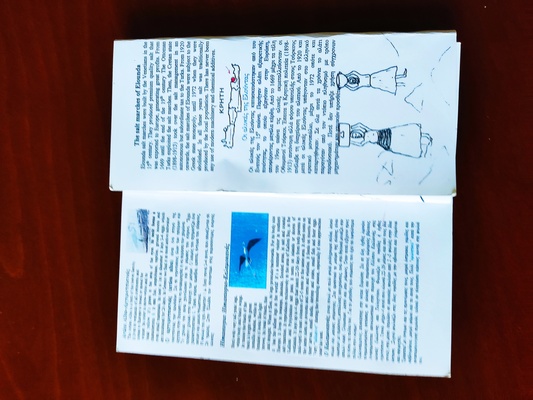
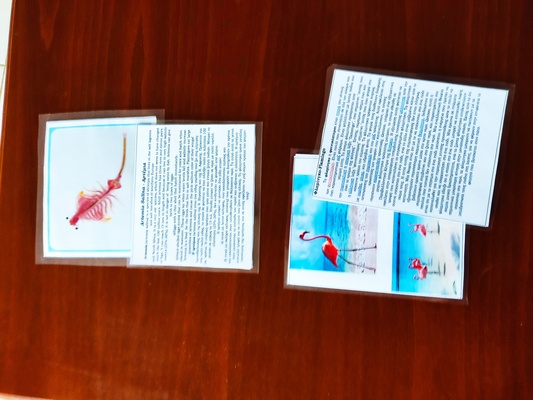
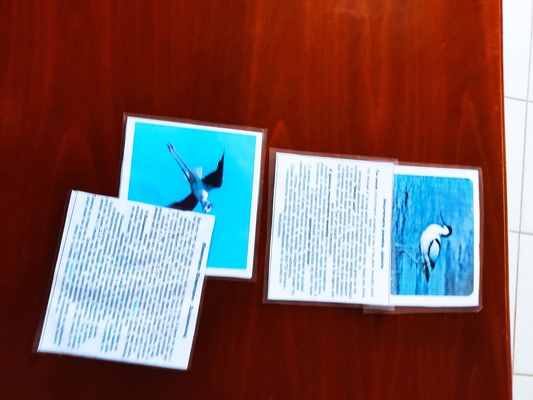
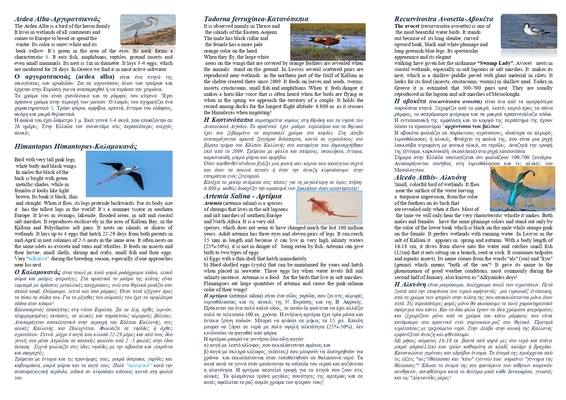
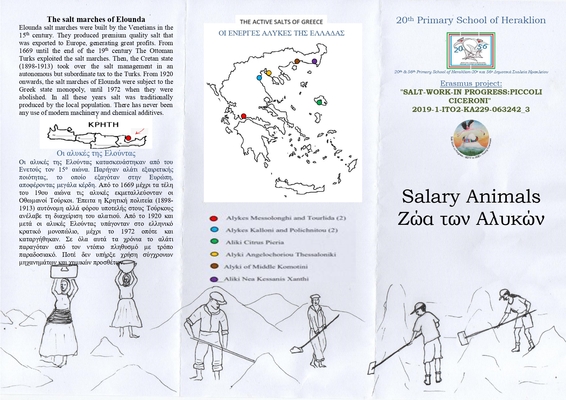
ITALY
The Italian students started their work thanks to the support of an amateur photographer and a loving birdwatcher, Salvatore Giannino (https://www.facebook.com/salvatore.giannino) who welcomed us at the Saltworkers' Village near Torre Pietra where he explained the different species of birds and plants living in the saltpans. He helped also the students to understand the different calls of animals (black-winged stilt, greater flamingo, etc.), and with the help of a telescope, students observed the quiet animals of the saltpans. He also told some legends born around the saltpans.
Then the students deepened their knowledge by using the Internet and doing some research. To prepare the leaflet and the ppt presentation for mobility we borrowed photos done by Salvatore Giannino, but some students drew the most important ones to create some posters to be used during the tour of the young cicerones.
The leaflets as well the presentations are available at school, and in the libraries of the different premises, as well they were given to the local administrators for future use.
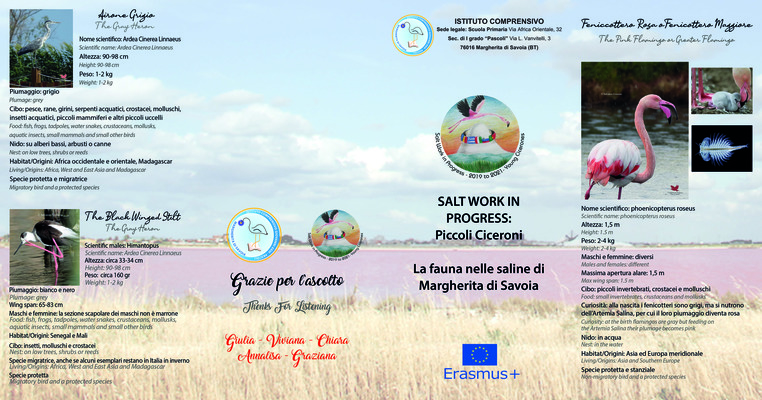
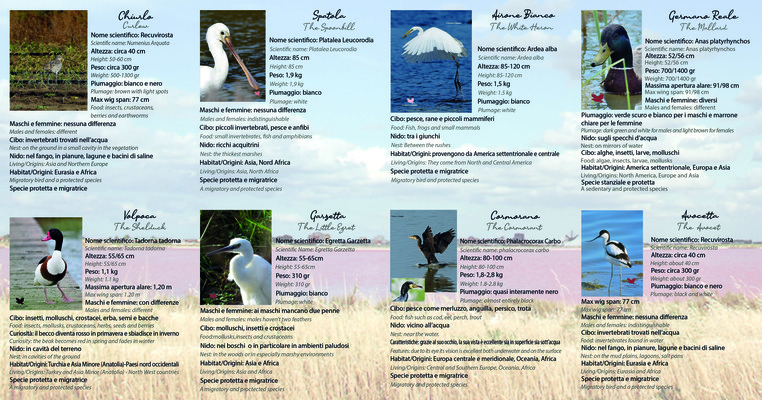
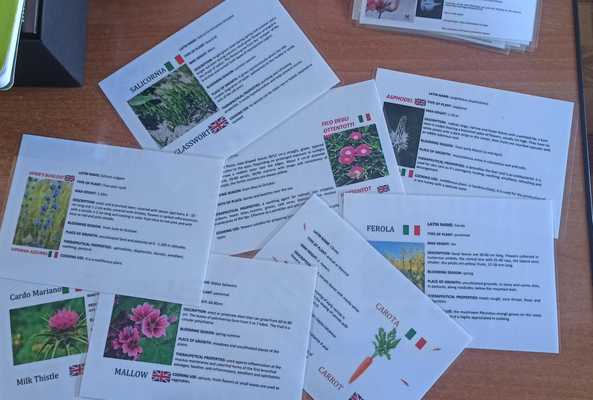
SLOVENIA
Students of the SE Dante Alighieri Isola first researched books, webpages, encyclopedia and spoke to an expert ornitologist / biologist to get as many information as possible about the fauna and flora that is found in the salt pans in Slovenia.
Then, each of them chose one animal / one plant and started to write down accurate information on the agreed topics (For example: animal name, description, breeding, nesting, food, protection, etc.) in a Word document.
After the correction of the Italian text by the biology teacher, the students translated the text into Slovenian and English. The translations were checked by the two respective language teachers.
Finally, each student worked on the computer and in the Canva application, he / she created a leaflet about one plant / animal that got folded into three parts. Photos that were added were taken from the website page of the NP of the Sečovlje salt pans with the permission given to us by the author, Iztok Škornik.
Thus, the leaflets about 20 animals and 17 plants were made, which are held in our library at school for future use. We also handed them over to the TIC in Isola and the NP Sečovlje Salt pans, the Civic Library in Isola, and to the department of Conservation Biology at the University of Primorska.
THE LEAFLETS OF THE ANIMALS FOUND IN THE SALT PANS IN SLOVENIA
Leaflets SALT-PAN FAUNA_SE_DanteA-Isola_COMPLETED-1-10.pdf
Leaflets SALT-PAN FAUNA_SE_DanteA-Isola_COMPLETED-11-20.pdf
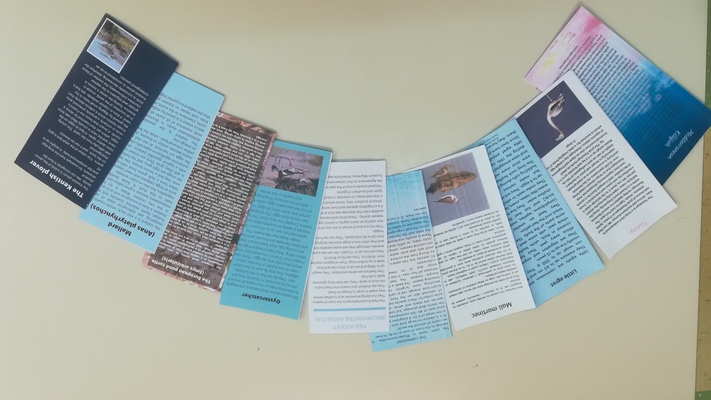
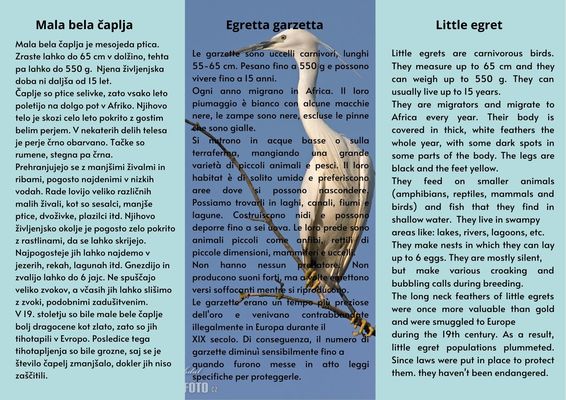
THE LEAFLETS OF THE PLANTS FOUND IN THE SALT PANS IN SLOVENIA
Salt pan plants _booklet_ENG_ITA_SLO.pdf
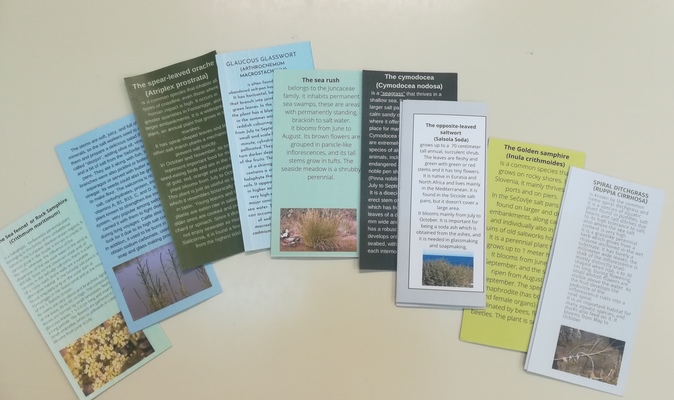
Le piante delle saline.pdf
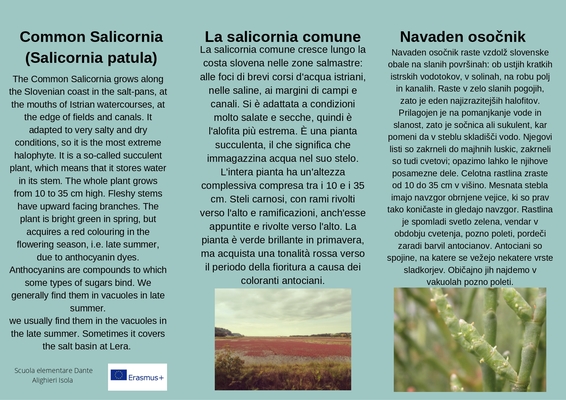
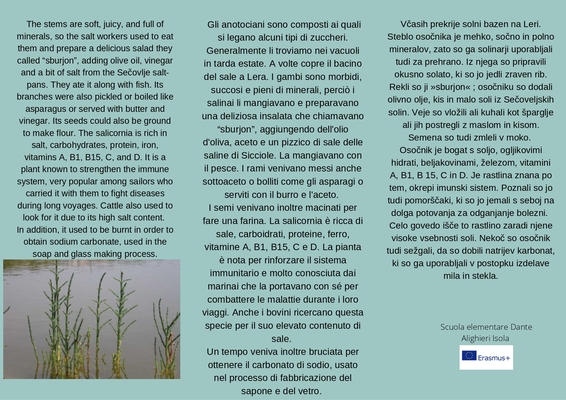
Romanian flyer
https://www.canva.com/design/DAFK6LhML_g/OdyHoK3fDEtwfQdGrthPPA/view?utm_content=DAFK6LhML_g&utm_campaign=designshare&utm_medium=link&utm_source=publishsharelink
pliant.pdf